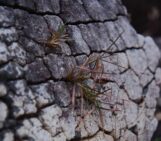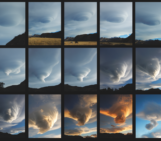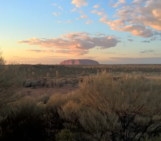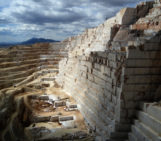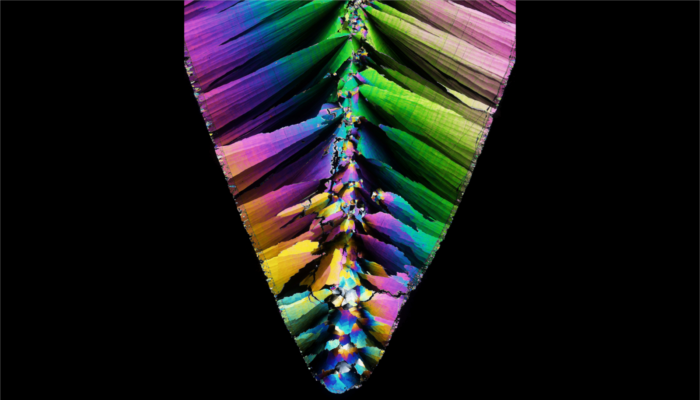
In 2010 EGU held our first annual Photo Competition at the General Assembly in Vienna. Since then hundreds of photos have been shared on imaggeo by geoscientists and researchers just like you, with a lucky few being selected each year to be highlighted during the meeting and voted on by our members.
These images can be of anything to do with geology or geoscience – we get many beautiful landscape images, but you can also upload laboratory images, fieldwork images, hand samples or microscope images; even videos! The winners are awarded a free registration to the EGU General Assembly the following year and you can share an image taken at any time – they don’t have to be just from the last year – we even accept historical images, as long as you have the rights to share them! For more information visit the 2024 Photo Competition announcement page.
As we have said above, your photos can be of anything – one of our finalists in 2018 was Rene Hoffman’s beautiful thin section photograph of the shell of a belemnite, which you can see at the top of this post. Do you have a photo like this you want to share with the geosciences community?! Submit it online to the 2022 Photo Competition today!
Belemnites are the backbone for the reconstruction of Jurassic-Cretaceous seawater properties like temperature. Here you see an image of a thin section of such an belemnite (Gonioteuthis, Upper Cretaceous, NW-Germany) under crossed polarizers. Clearly one can recognize the calcite fibre-bundles the belemnite is made of.
Description by Rene Hoffmann
Another finalist in 2016 was this amazing close up photograph of a synthesised sphalerite crystal conglomeration by Dmitry Tonkacheev.
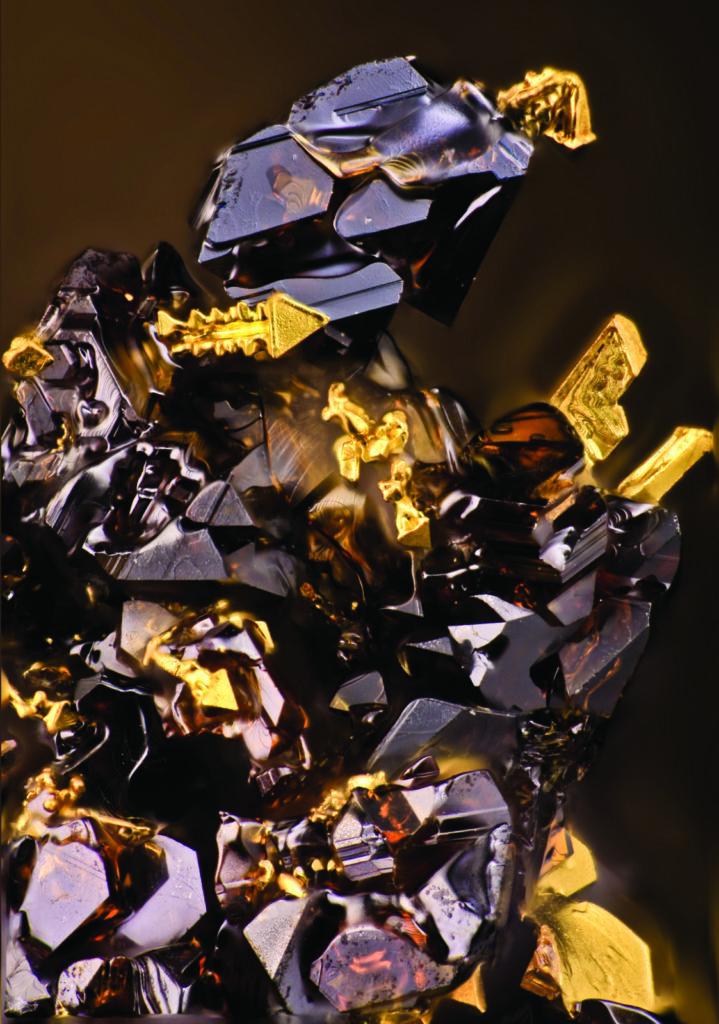
Sphalerite’s “Transformer”. Credit: Dmitry Tonkacheev (distributed via imaggeo.egu.eu)
Presented intergrowths of the infinite number of dark-brown sphalerite’s and arborescent crystals of gold were synthesized using gas transport method at 850 centigrade degree during 20 days. The main aim of this project was the determination of the maximum possible concentration and chemical state of some trace elements in the most abundant sulfides, synthesized using different techniques, including in ZnS. We obtained crystals of Fe-bearing sphalerite with simultaneous incorporation of Cd, Mn, In, Se and Au. The concentration of gold reaches 3 000 ppm (0.3 wt.%). This is amazing for natural sphalerite. The next goal was in-depth-study of the influence of the presence of Se, In, Fe, Mn on Au concentration and also lattice parameter in ZnS. In this connection in the furnace-charge of Fe-bearing sphalerite, different admixtures were added in different combinations or severally.
According to LA-ICP-MS data Fe did not encourage Au annexation (73±1 ppm). The bulk of Au wire “boards” on the dark-brown phase surface in the form of fascination crystals (usually arborescent). Some of them looks like a weapon from the “Transformers” arsenal or parts of his armor. Also bright diamond luster of this creature makes our “Knight” even more ultra-modern. Militiamen’s profile was confirmed by twisted skeletal crystal on the transformer’s head. It looks like ostrich plumage or horn, which were the main attribute in the plate armor of ancient warriors and indicated about their noble birth. Truly, it is a king of all sulfides. The good news for us is the fact, that the coarsening of this bellicose subject is approximately 1-2 mm.
Description by Dmitry Tonkacheev
Today is the last day to register for EGU24 to take advantage of our early-bird discount (18 March 2024) and any image you submit to the imaggeo will automatically be entered for the competition! We can’t wait to see what great images you submit!
Imaggeo is the EGU’s online open access geosciences image repository. All geoscientists (and others) can submit their photographs and videos to this repository and, since it is open access, these images can be used for free by scientists for their presentations or publications, by educators and the general public, and some images can even be used freely for commercial purposes. Photographers also retain full rights of use, as Imaggeo images are licensed and distributed by the EGU under a Creative Commons licence. Submit your photos at http://imaggeo.egu.eu/upload/.

